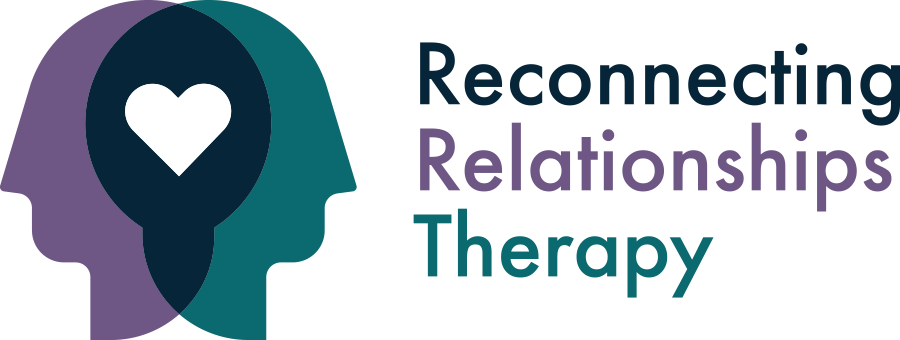Processing Grief Through Therapy | Grief Therapy in Fort Worth, Texas
The death of a loved one is something we all eventually endure, and it will likely be one of the most difficult experiences of life. If you’ve lost a meaningful person in your lifetime, you’ve probably noticed the language used to talk about grief and mourning is focused on “saying goodbye,” or “moving on.” Conversations surrounding grief, bereavement, and mourning often speak to the Stages of Grief, the types of grief, and endless grief recovery resources. Although this information may be helpful to some, it doesn’t always recognize grief and mourning as an ongoing process in our lives. To clarify, I don’t say this to mean the pain we feel does not change over time. In fact, in my own experience, the pain felt after loss ebbs and flows with me through my many transitions.
Experiencing Grief Through Continuing Bonds
Continuing bonds (CB) is a grief concept that embraces a continued relationship with the deceased in an adapted way. CB acknowledges the ongoing process of grief throughout life and establishes clarity in the many ways we experience grief.
[Note: Continuing a relationship with deceased loved ones may not feel right for everyone, and that is also perfectly fine! There are also some cases where continuing bonds with the deceased does not move towards healing. Troublesome relationships before death may continue to be difficult following death.]
CB proposes our relationships with our deceased loved ones are not fixed, instead, they frequently develop and age with us through our many seasons of life. We will likely relate to our deceased loved ones differently in our 30s, 40s, and 50s.
If you have experienced the death of a loved one, you have probably already engaged in at least some ways of continuing bonds! Many grieving people will perform private rituals, have conversations with the deceased, or hold onto personal items of their loved ones. These are just some of the ways we continue bonds with our loved ones.
Unfortunately, many of these behaviors have been deemed pathological, suggesting something must be wrong with the grieving person. Because of this, grieving people may doubt their behaviors, or the grieving behaviors of others, and question if they are “normal.” Many grieving people may even further disconnect from support due to fear of judgment, or the thought that they are “failing” at grieving. If this feels familiar, you may be happy to hear these behaviors are not only common, but they also seem to promote a person’s ability to cope with loss and adjust to significant changes in life.
Continuing Bonds for the Future
The idea of CB may not be universally valued among our society’s attitudes towards grief. It may not even be accepted in our own beliefs about death and grief. Yet, there is hope! Sharing the ideas of CB with others gives us opportunity to alter our interactions and understandings towards not only grief, but perhaps death and dying as well.
Through my own encounter with grief, continuing bonds with deceased loved ones has allowed me to process my emotions surrounding death and better support others in my life who are grieving. The ideas of CB have made it possible for me to share the spirit of my deceased loved ones with the meaningful people of my life today.
If you are someone who wants to remain bonded to your loved ones after death but maybe learned you shouldn’t, or that wanting to do so means you have failed at recovering from grief, my hope is that the knowledge of CB empowers you to continue creating rich connections with deceased loved ones that grow with you through time.
For more information about Continuing Bonds and other grief-related topics, check out the following links:
https://whatsyourgrief.com/grief-concept-care-continuing-bonds/


